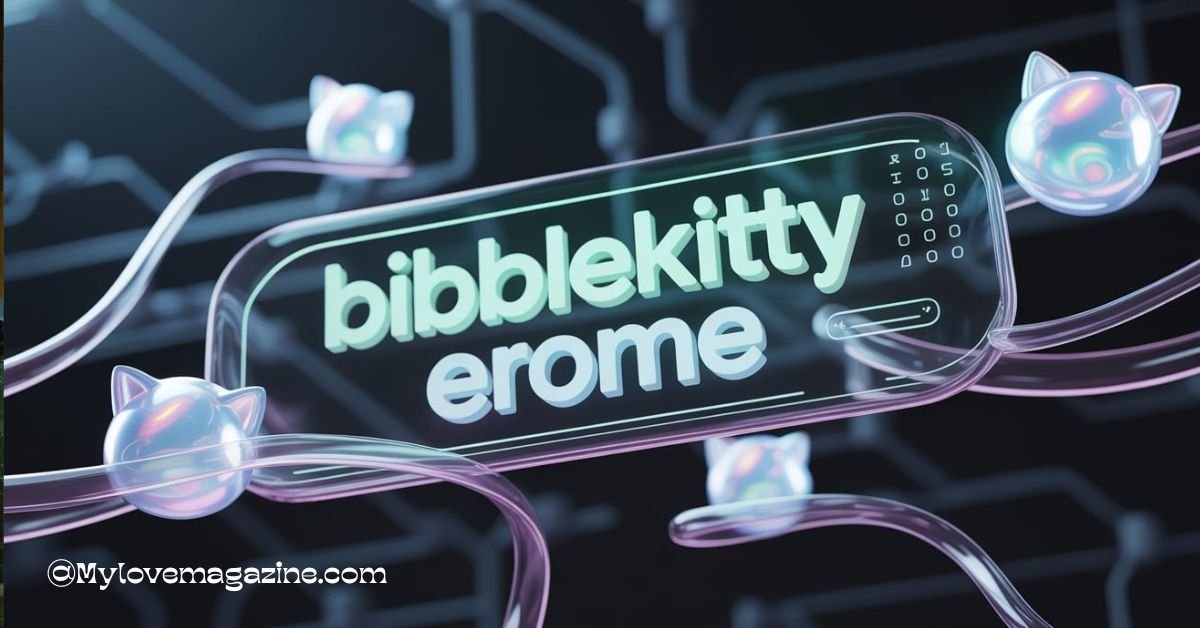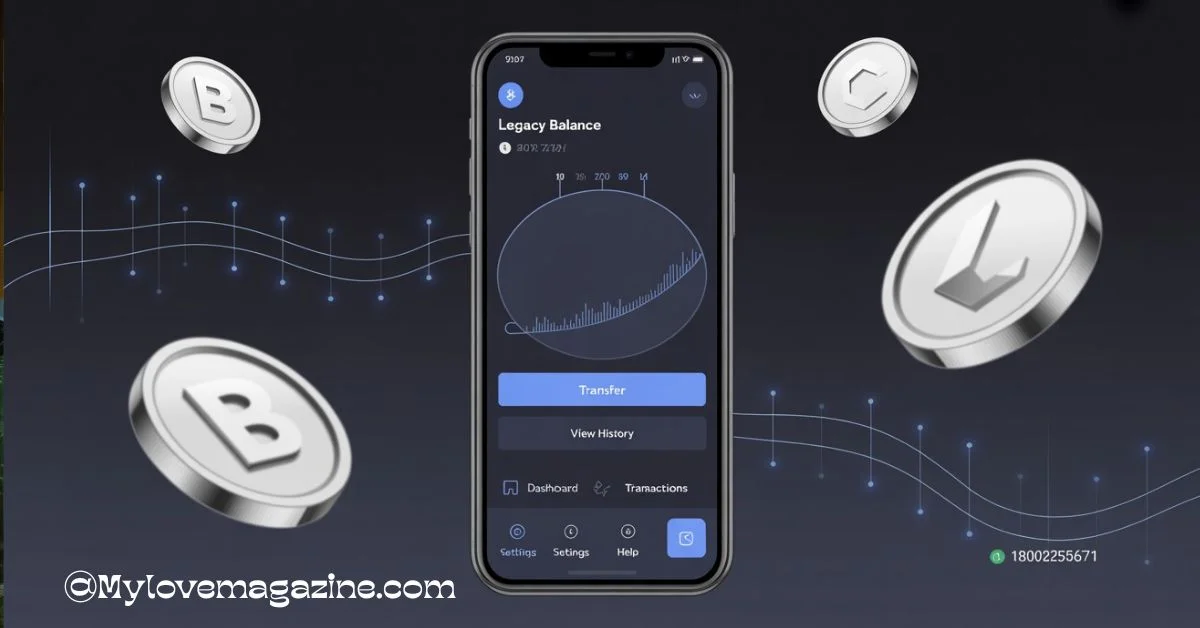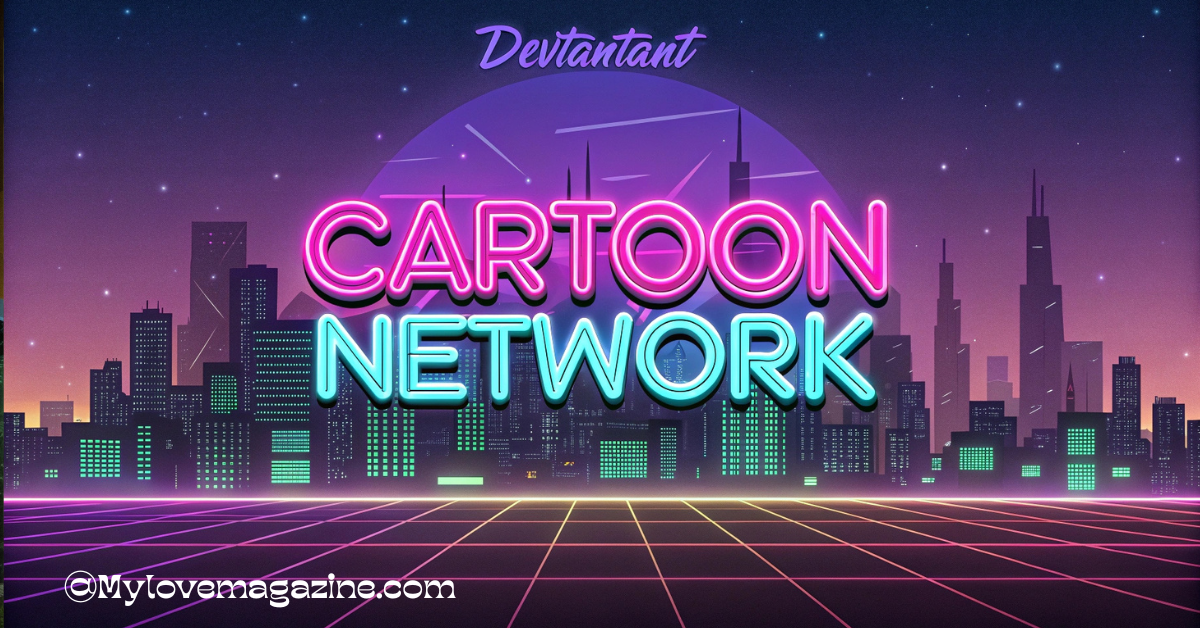a200206_dete-app-ui-cicd: A Complete Guide for UI CI/CD!
a200206_dete-app-ui-cicd is an automated CI/CD pipeline designed specifically for the UI layer of the dete-app, enabling seamless integration, testing, and deployment. Built with tools like Azure DevOps and YAML, it ensures faster releases, early bug detection, and consistent UI quality. This pipeline is essential for modern UI development, helping teams deliver reliable, high-quality user experiences efficiently.
Stay tuned with us as we dive deep into a200206_dete-app-ui-cicd, exploring how this powerful pipeline transforms UI development with automation, testing, and seamless deployment.
What is a200206_dete-app-ui-cicd, and Why Is It Important in Modern UI Development?
Modern software development demands speed, consistency, and high-quality user experiences. One of the key enablers of this evolution is CI/CD (Continuous Integration and Continuous Deployment) pipelines tailored for UI applications. In this context, a200206_dete-app-ui-cicd refers to a structured, automated pipeline built specifically for deploying and testing the front-end or UI layer of the dete-app application. It focuses on seamless integration of UI builds, visual testing, and automated delivery via tools like Azure DevOps.
In UI-centric applications, where user interfaces are constantly evolving, automated deployment pipelines ensure that updates are tested, built, and delivered without breaking functionality. The a200206_dete-app-ui-cicd pipeline plays a vital role in catching UI regressions early, streamlining workflows, and reducing manual errors. It integrates the best practices of CI/CD while tailoring them specifically for front-end environments.
This article explores every aspect of the a200206_dete-app-ui-cicd setup, from its step-by-step implementation in Azure DevOps to the tools, diagrams, scaling strategies, and future trends that define its importance in modern development ecosystems.
How Does CI/CD Benefit the UI Development Process in dete-app?
In a UI-driven application like dete-app, changes in layout, styles, and components occur frequently. CI/CD pipelines enable teams to manage this rapid change efficiently. The a200206_dete-app-ui-cicd pipeline automates critical stages, such as code integration, UI builds, unit testing, and visual regression testing.
By using CI/CD practices, developers gain real-time feedback on UI updates. Each code commit triggers the pipeline, ensuring that new UI changes are tested in isolation and alongside existing features. This reduces the chances of shipping broken interfaces and improves user satisfaction.
Furthermore, CI/CD enforces consistency. It ensures the same testing and deployment process is followed for every change, minimizing human error. Developers can focus more on improving the user experience while the pipeline handles deployment mechanics.
The pipeline also improves team collaboration. Designers, front-end developers, and QA engineers work in sync, with CI/CD providing a reliable infrastructure to validate changes before reaching users. In short, CI/CD transforms UI development from a risky, manual process into a reliable, automated engine for innovation.
What Is the Step-by-Step Process of an Azure DevOps CI/CD Pipeline?
Building an Azure DevOps CI/CD pipeline for a UI application involves several critical steps. The a200206_dete-app-ui-cicd pipeline is typically defined in a YAML file and executed within Azure Pipelines. Here’s how the process works:
- Source Control Trigger: Developers push code to a Git repository (e.g., Azure Repos or GitHub). A trigger in the YAML file initiates the pipeline.
- Install Dependencies: The pipeline installs required packages, such as Node.js modules.
- Build Stage: The UI code is compiled and bundled, typically using tools like Webpack, Vite, or Create React App.
- Test Stage: Automated tests are executed. This can include unit tests (Jest), integration tests (Cypress), and visual regression tests (Percy).
- Artifact Creation: Build outputs are stored as artifacts that can be deployed or tested further.
- Deployment: Artifacts are deployed to a staging or production environment using Azure App Services or other cloud resources.
- Post-Deployment Validation: Smoke tests or health checks ensure the UI is working after deployment.
Each of these steps can be enhanced with detailed logging, notifications, and approval gates to ensure quality and traceability across deployments.
How Do You Create a CI/CD Architecture Diagram for Azure DevOps Pipelines?
Creating a visual architecture diagram helps teams understand how the a200206_dete-app-ui-cicd pipeline is structured. A typical Azure DevOps CI/CD architecture for UI projects includes the following components:
- Source Repository: Azure Repos or GitHub, where UI code resides.
- CI Pipeline: Responsible for build, test, and artifact creation.
- Artifact Storage: Azure Artifacts or external blob storage.
- CD Pipeline: Handles deployment to staging/production environments.
- Environments: Azure Web Apps or Static Web Apps, where the UI is hosted.
- Monitoring Tools: Application Insights, Azure Monitor for real-time feedback.
These elements can be laid out using diagram tools like Draw.io or Lucidchart. Azure DevOps also provides auto-generated pipeline diagrams that visualize execution flow. Having a clear diagram improves onboarding, debugging, and documentation.
What Tools Can You Use to Generate a CI/CD Pipeline Diagram?
Several tools exist to help visualize CI/CD pipelines, including those used in the a200206_dete-app-ui-cicd process. Some of the most effective options include:
- Azure DevOps Pipeline Visualizer: Automatically shows execution flow of YAML pipelines.
- Lucidchart: A drag-and-drop diagramming tool for creating pipeline architecture manually.
- Draw.io: Free, browser-based tool for technical diagrams.
- Mermaid.js: Markdown-compatible diagramming tool, ideal for developer documentation.
Using these tools, you can represent triggers, stages, artifacts, environments, and approvals. This clarity helps with documentation, audits, and collaboration across dev, ops, and QA teams.
What Are the Core Components of the a200206_dete-app-ui-cicd Pipeline?
The a200206_dete-app-ui-cicd pipeline comprises several tightly integrated components designed specifically for front-end application delivery:
- Triggers: Respond to code changes in Git branches or pull requests.
- Build Pipeline: Executes build commands, compiles the UI, and generates production-ready assets.
- Test Pipeline: Runs automated UI tests, including visual diff tools and snapshot testing.
- Artifact Management: Packages build outputs for later stages.
- Release Pipeline: Manages deployment through various environments with approval gates.
- Monitoring & Logging: Tracks performance, errors, and usage via integrated tools.
These components ensure a smooth and reliable workflow from code push to deployment, specifically tailored for modern UI apps like dete-app.
What Is a YAML File in Azure DevOps CI/CD Pipelines, and How Is It Used in a200206_dete-app-ui-cicd?
A YAML file is the backbone of any Azure DevOps CI/CD pipeline, including the a200206_dete-app-ui-cicd implementation. It defines the sequence of steps Azure Pipelines must follow.
Here’s a simplified example of a UI pipeline YAML:
trigger:
branches:
include: [main]
pool:
vmImage: ‘ubuntu-latest’
stages:
– stage: Build
jobs:
– job: BuildUI
steps:
– task: NodeTool@0
inputs:
versionSpec: ’16.x’
– script: |
npm install
npm run build
displayName: ‘Build UI’
The YAML structure allows for modular, repeatable, and version-controlled pipeline configurations. It’s especially valuable in collaborative projects where pipeline logic evolves with the codebase.
Can You Provide an Azure CI/CD Pipeline Example for UI Applications?
Yes. Consider the following real-world example of a 200206_dete-app-ui-cicd pipeline:
- A React-based UI is pushed to Azure Repos.
- A YAML pipeline triggers on every main branch commit.
- The pipeline installs dependencies, runs unit and visual tests.
- Upon success, the UI is deployed to Azure Static Web Apps.
- Post-deployment, Application Insights checks are triggered.
This example showcases how CI/CD automates repetitive tasks, enhances quality control, and reduces time to market.
What Are the Most Popular CI/CD Pipeline Tools for UI and Front-End Deployment?
Apart from Azure DevOps, many other tools support CI/CD for UI apps like dete-app. Popular choices include:
- GitHub Actions: Integrated with GitHub, easy to configure.
- GitLab CI/CD: Great for internal repositories and built-in runners.
- CircleCI: Optimized for parallelism and speed.
- Jenkins: Highly customizable but requires manual setup.
- Bitbucket Pipelines: Simple for teams using Bitbucket repositories.
Each has pros and cons, but Azure DevOps stands out for tight Azure ecosystem integration, especially in the a200206_dete-app-ui-cicd context.
What Are the Best Practices for Building a Reliable UI CI/CD Pipeline?
Creating a dependable CI/CD pipeline for UI involves:
- Keeping YAML scripts version-controlled.
- Writing stable and fast UI tests.
- Using feature branches and pull request validations.
- Setting up isolated test environments.
- Leveraging caching to speed up builds.
- Implementing rollback mechanisms for failed deployments.
Following these best practices ensures that a200206_dete-app-ui-cicd delivers consistent, error-free updates.
What Are the Key Benefits of Using the a200206_dete-app-ui-cicd Pipeline?
Some standout benefits include:
- Early Bug Detection: Automated tests catch issues during integration.
- Faster Releases: Code moves from commit to production rapidly.
- Reduced Human Error: Automation eliminates risky manual steps.
- Increased Confidence: Developers know what will happen after each commit.
- Better Collaboration: A shared pipeline fosters cross-functional teamwork.
Ultimately, a200206_dete-app-ui-cicd ensures a smoother path from development to delivery.
How Can You Scale a200206_dete-app-ui-cicd for Large Teams and Cross-Platform Applications?
Scaling involves managing complexity. Use techniques like:
- Splitting monolithic pipelines into reusable templates.
- Running tests in parallel.
- Deploying using containers for consistency.
- Supporting web, iOS, and Android in unified pipelines.
- Setting environment-specific configuration files.
These practices help a200206_dete-app-ui-cicd remain efficient even as projects and teams grow.
What Common Challenges Occur in UI CI/CD Pipelines and How Can You Solve Them?
Challenges include flaky tests, slow pipelines, and environment drift. Solutions include:
- Using retry logic for unstable tests.
- Adding caching layers for dependencies.
- Creating identical environments using Infrastructure-as-Code.
By solving these issues, a200206_dete-app-ui-cicd remains robust and reliable.
How Do You Monitor and Report UI Test Results in a CI/CD Pipeline?
Monitoring ensures transparency and accountability. Integrate tools like:
- JUnit or Mocha test reporters for HTML/JSON logs.
- Application Insights for live deployment checks.
- Slack or Teams notifications for instant feedback.
Clear reporting makes debugging and QA validation easier and faster.
Are There Any Real-World Examples of a Successful a200206_dete-app-ui-cicd Implementation?
In enterprise environments, a200206_dete-app-ui-cicd has been used to deploy internal admin dashboards, customer-facing UIs, and mobile-first web apps. Teams report reduced bug rates, faster feedback loops, and improved release confidence.
One team adopted the pipeline for a React-based interface and saw a 60% drop in post-release UI bugs and a 30% faster deployment cycle.
What Future Trends Could Enhance the a200206_dete-app-ui-cicd Approach?
Emerging technologies like AI-powered test automation, predictive rollbacks, and GitOps-style deployment could enhance a200206_dete-app-ui-cicd. Integration with cloud-native tools like Kubernetes and serverless platforms will further streamline UI deployments.
FAQ’s
1. Is a200206_dete-app-ui-cicd only for Azure DevOps?
No, while optimized for Azure DevOps, the principles apply across CI/CD platforms like GitHub Actions and GitLab.
2. Can I use a200206_dete-app-ui-cicd with mobile UI frameworks?
Yes. Frameworks like React Native or Flutter can be integrated into the same pipeline.
3. How often should I update my CI/CD pipeline?
Review pipeline steps quarterly or after major dependency updates.
4. Are visual regression tests necessary for UI pipelines?
Highly recommended—they help detect layout and design issues automatically.
5. What happens if a test fails in the a200206_dete-app-ui-cicd pipeline?
Deployment halts, and alerts are sent. This prevents broken UIs from reaching users.
6. What is the CI/CD pipeline for apps?
It is an automated process that builds, tests, and deploys application code to production environments in repeatable, reliable stages.
7. What does Netflix use for CI/CD?
Netflix uses Spinnaker, a multi-cloud continuous delivery platform, along with Jenkins and custom in-house tools for their CI/CD workflows.
8. How to debug CI/CD pipelines effectively?
Use pipeline logs, stage-by-stage output, local test replication, and integrated monitoring tools to find root causes quickly.
9. How do you enable CI/CD for a new project?
Choose a CI/CD platform, connect your code repository, define a pipeline (e.g., YAML), and set up automated triggers and environments.
Conclusion
The a200206_dete-app-ui-cicd pipeline represents the future of UI development. Automating the integration, testing, and deployment of front-end code ensures speed, quality, and consistency. As more teams adopt CI/CD practices, especially in Azure DevOps, pipelines like this become essential to delivering superior digital experie
Also read:












Post Comment